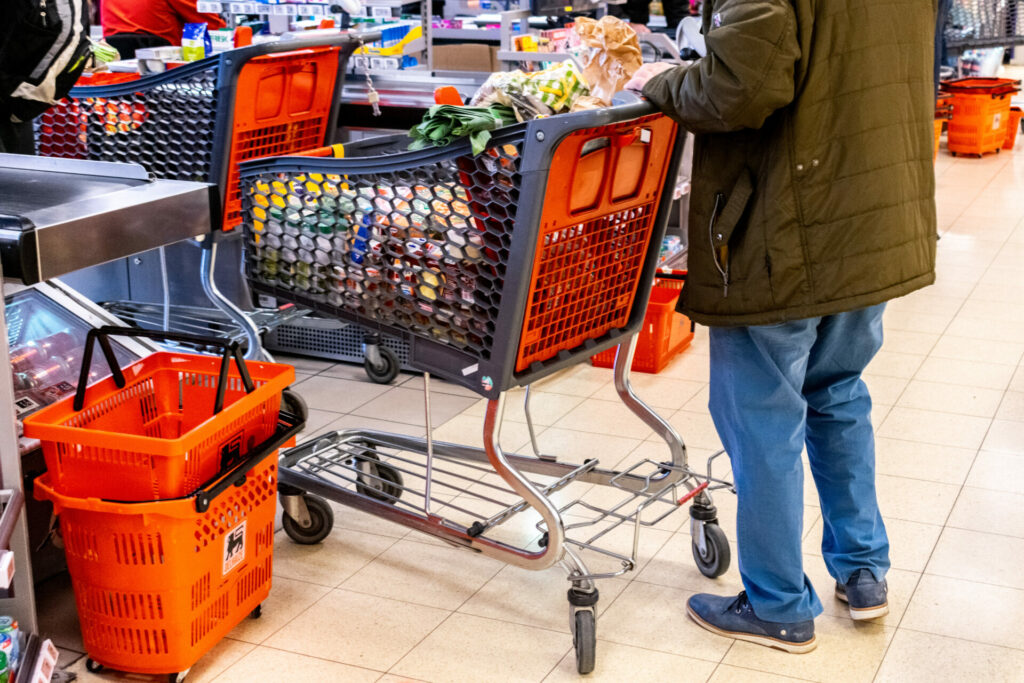For every 10 metres of shelf space dedicated to unhealthy food in Flemish supermarkets, there's a mere 3.6 metres for healthy options like fresh fruits and vegetables, De Standaard reports, citing research by public health institute Sciensano.
Stefanie Vandevijvere, a researcher at the health institute noted, "No supermarket is doing well, although the differences between the chains are striking." In total, just a quarter of supermarket displays are dedicated to "healthy" foods.
Among the surveyed supermarkets—Carrefour, Delhaize, Aldi, Lidl, and Colruyt—Aldi led the pack with nearly 4.5 metres of healthy food per 10 metres of unhealthy options. In stark contrast, Carrefour lagged behind with just 2.2 metres of healthy food.
The study also delved into the strategic placement of food items. "The most unhealthy food is in prominent places: at the checkout or at the promotional stands at the beginning of the aisles," Vandevijvere said. In fact, around 80% of items near the checkout are food, and nearly 80% of that is ultra-processed, primarily chocolate or candy.
Colruyt deviates from this trend. “Colruyt simply has a different store plan. There is nothing at the checkout," Gino Van Ossel, a marketing professor, told De Standaard. Meanwhile, Delhaize tries to encourage healthy purchases by offering a 10% discount on products with a Nutri-Score of A and B.
The study raises questions about the role of supermarkets in public health, as Belgian waistlines grow and its residents gain the title of the world’s fourth biggest eaters. "Simply informing customers doesn't have the desired effect if they constantly see unhealthy food," said Tim Smits, a professor of communication sciences.
Poor diet and socio-economic background are intrinsically linked. Those from poorer backgrounds are more commonly exposed to cheap, unhealthy foods.
"The ratio of healthy to unhealthy is worse in areas where socio-economically lower classes live," warned Vandevijvere. In these areas, the risk of obesity is notably higher; at least 32% of children in poverty are overweight, double the rate of those not in poverty.

